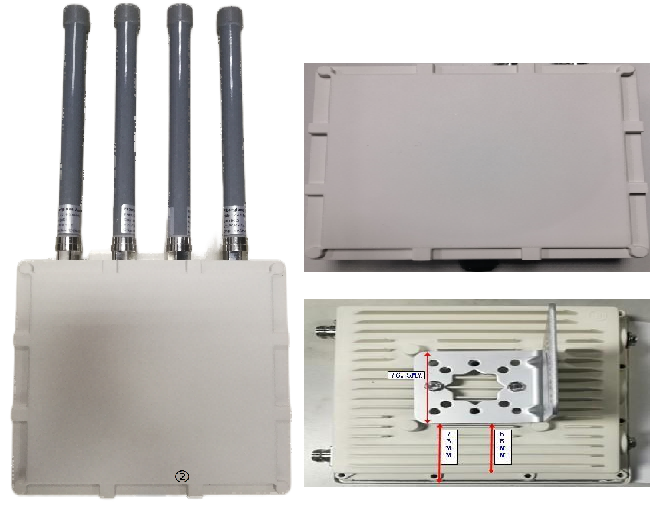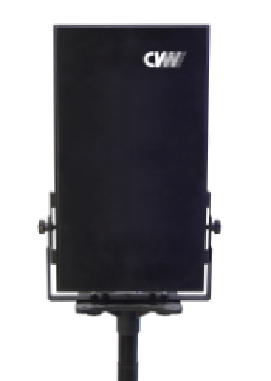Construction machinery plays a pivotal role in the development and progress of the construction industry. These powerful and versatile machines have transformed the way we build structures, enabling us to undertake complex projects with greater efficiency and precision. From excavators and bulldozers to cranes and concrete mixers, construction machinery encompasses a wide range of equipment that serves various purposes. In this article, we will explore the main application directions of construction machinery, highlighting how these machines have revolutionized the industry.
Earthmoving and Excavation
One of the primary applications of construction machinery is earthmoving and excavation. Excavators, bulldozers, and backhoes are extensively used to dig, move, and level earth and other materials. These machines are crucial for site preparation, foundation digging, and land grading. Excavators, equipped with hydraulic attachments, can perform a multitude of tasks, including trenching, demolition, and material handling. Bulldozers, on the other hand, are ideal for pushing large quantities of soil, rocks, and debris, while backhoes excel at digging trenches and loading materials.
Material Handling and Transport
Construction machinery also plays a vital role in material handling and transport. Cranes, for instance, are indispensable for lifting and moving heavy objects, such as steel beams, concrete panels, and machinery. Tower cranes are commonly used in high-rise construction projects, while mobile cranes offer flexibility and mobility on various job sites. Forklifts and telehandlers are essential for moving materials within construction sites, warehouses, and distribution centers. These machines enable efficient loading, unloading, and stacking of materials, enhancing productivity and reducing manual labor.
Concrete Production and Placement
Another significant application of construction machinery is in concrete production and placement. Concrete mixers and batching plants are used to produce high-quality concrete, ensuring consistency and accuracy in the mixing process. Transit mixers then transport the freshly mixed concrete to the construction site, where concrete pumps are employed to place the material in the desired location. These machines enable precise and efficient concrete placement, reducing labor requirements and enhancing construction speed.
Road Construction and Maintenance
Construction machinery is extensively utilized in road construction and maintenance projects. Asphalt pavers are employed to lay asphalt on roads, ensuring a smooth and durable surface. Road rollers are used to compact the asphalt or soil, enhancing its stability and load-bearing capacity. Additionally, milling machines are used to remove old asphalt layers, while road sweepers clean the road surface, ensuring debris-free and safe driving conditions. These machines contribute to the development and maintenance of efficient transportation networks.
Demolition and Recycling
Construction machinery also finds application in demolition and recycling activities. Hydraulic breakers and crushers are used to demolish structures and break down concrete and other materials. Excavators equipped with demolition attachments, such as shears and grapples, enable precise and controlled demolition. Furthermore, recycling equipment, such as crushers and screeners, are used to process and reuse construction waste materials, reducing the environmental impact of construction activities.
Construction machinery has revolutionized the construction industry by enabling faster, safer, and more efficient project execution. From earthmoving and excavation to material handling and transport, concrete production and placement, road construction and maintenance, and demolition and recycling, these machines have diverse applications that cater to the industry's various needs. As technology continues to advance, construction machinery is expected to become even more sophisticated, incorporating automation, artificial intelligence, and remote control capabilities. This will further enhance productivity, safety, and sustainability in the construction sector, driving innovation and progress in the years to come.

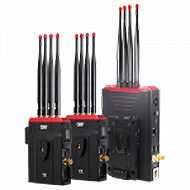 Multi-camera wireless video transmission
Multi-camera wireless video transmission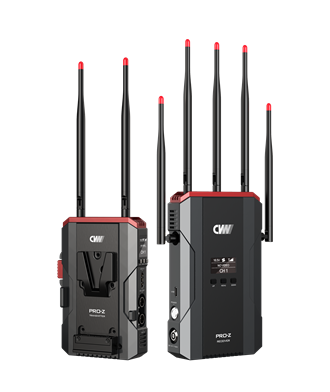 Zero Latency Wireless Video Transmission
Zero Latency Wireless Video Transmission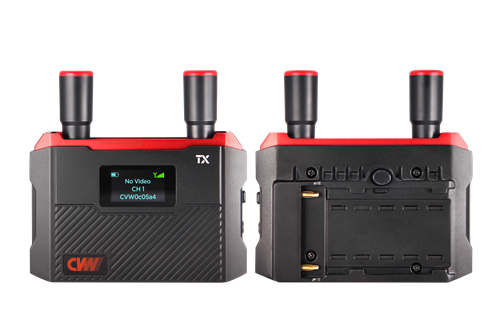
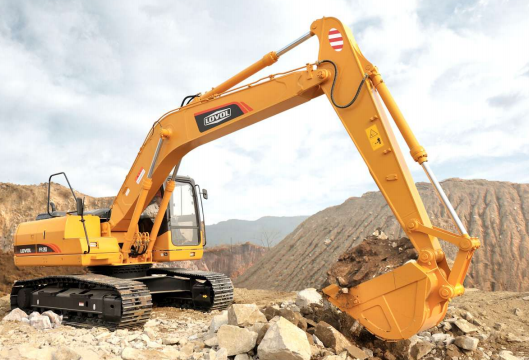 Designed for teleoperating the heavy equipment
Designed for teleoperating the heavy equipment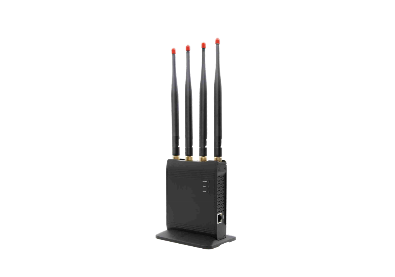 Wireless high-speed data transmission
Wireless high-speed data transmission